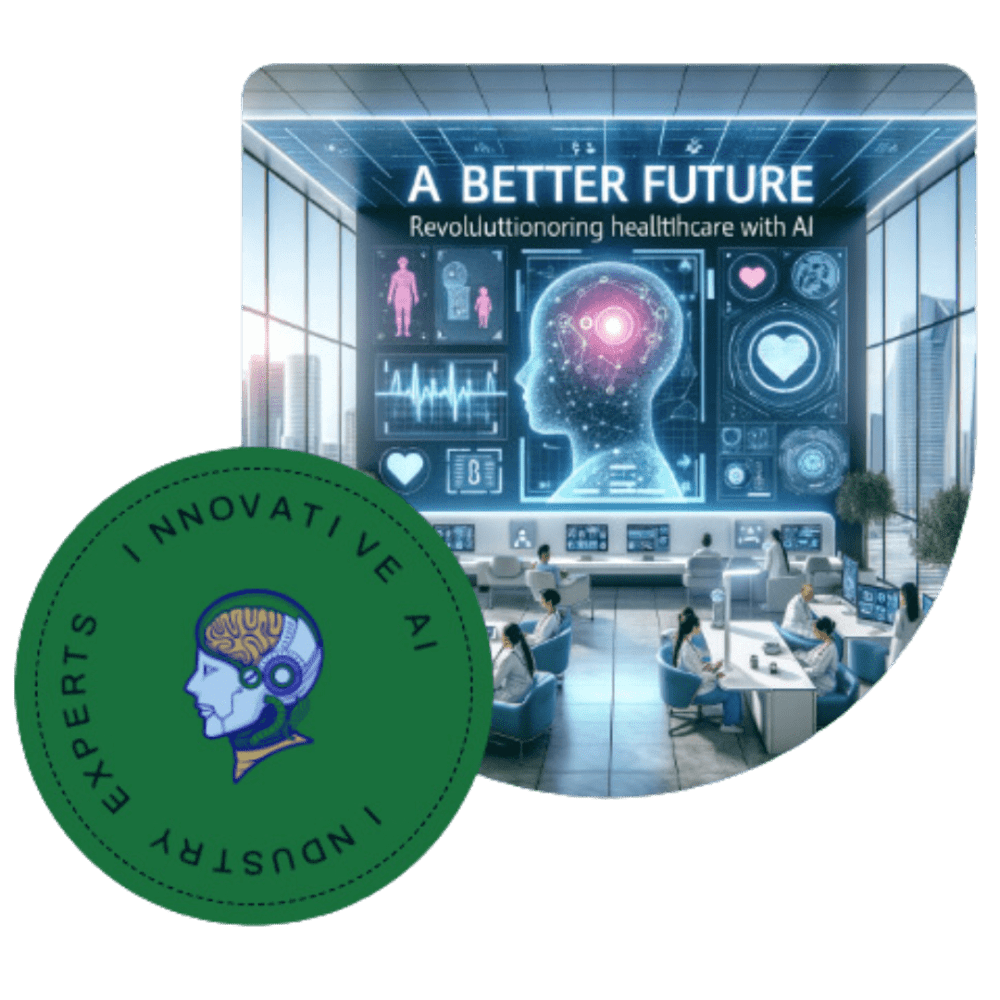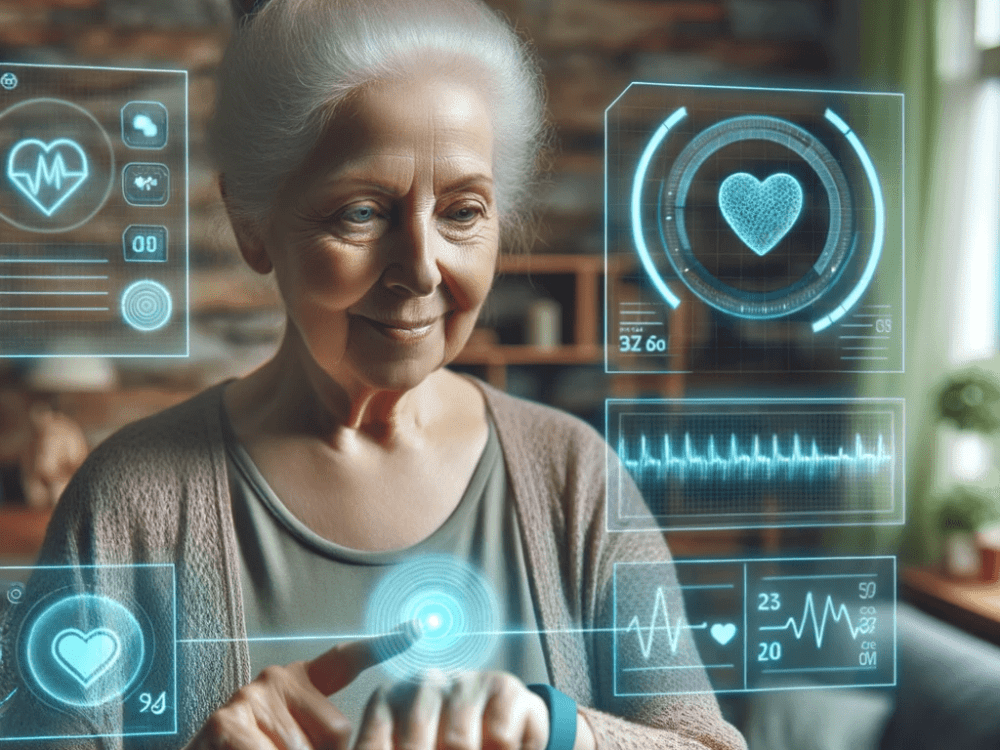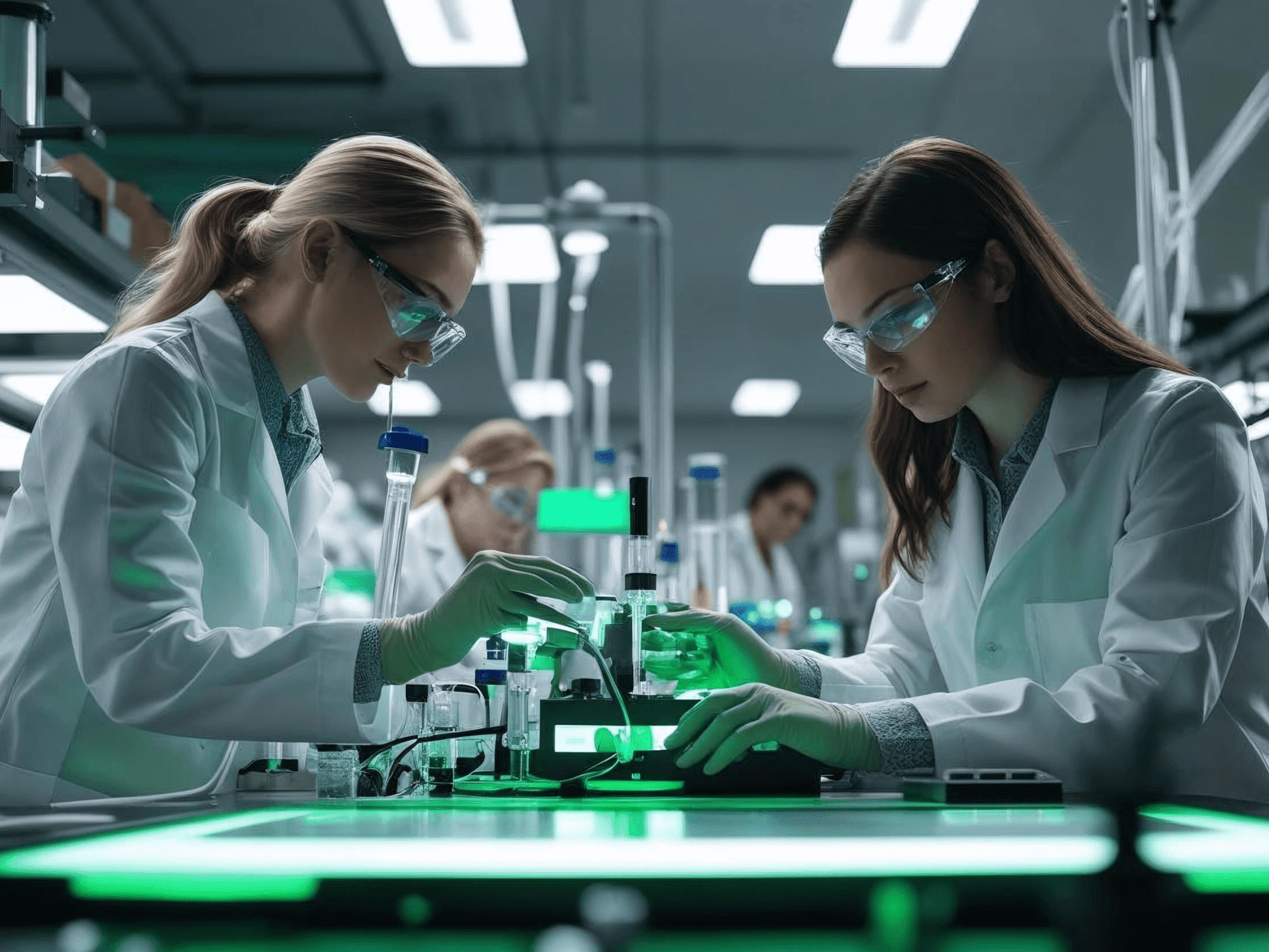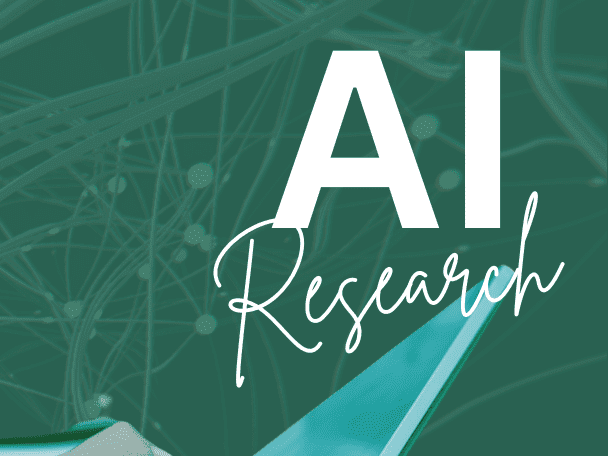About
AI4Health
AI CENTER FOR HUMAN DIGITAL TWIN AND COMPUTATIONAL HEALTH

Bridging the Physical and Digital Realms.
A digital twin is a dynamic, virtual representation of a physical object or system. It uses real-time data, simulations, and machine learning algorithms to understand, predict, and optimize functions for better performance. From manufacturing equipment to entire cities and even human physiology, digital twins can be applied across various sectors.
A Better Future
Revolutionizing Healthcare with AI
AI4HEALTH is redefining healthcare, turning data into actionable, personalized insights for every patient.


Leveraging AI Technologies
Generative Models:
AI models that learn patterns from data to generate new, realistic samples, such as images, text, audio, or simulations, by capturing the underlying data distribution
Physics-Informed Machine Learning:
Physics-Informed Machine Learning integrates principles of physics into machine learning models, ensuring that predictions adhere to established physical laws. This enhances the accuracy and interpretability of models, especially in science and engineering.
Large Language Models and Assistive Robots:
Advanced AI models trained on vast amounts of text to understand and generate human-like text based on the input. Assistive robots leverage AI to aid in tasks, enhancing healthcare outcomes and providing insights and guidance.


